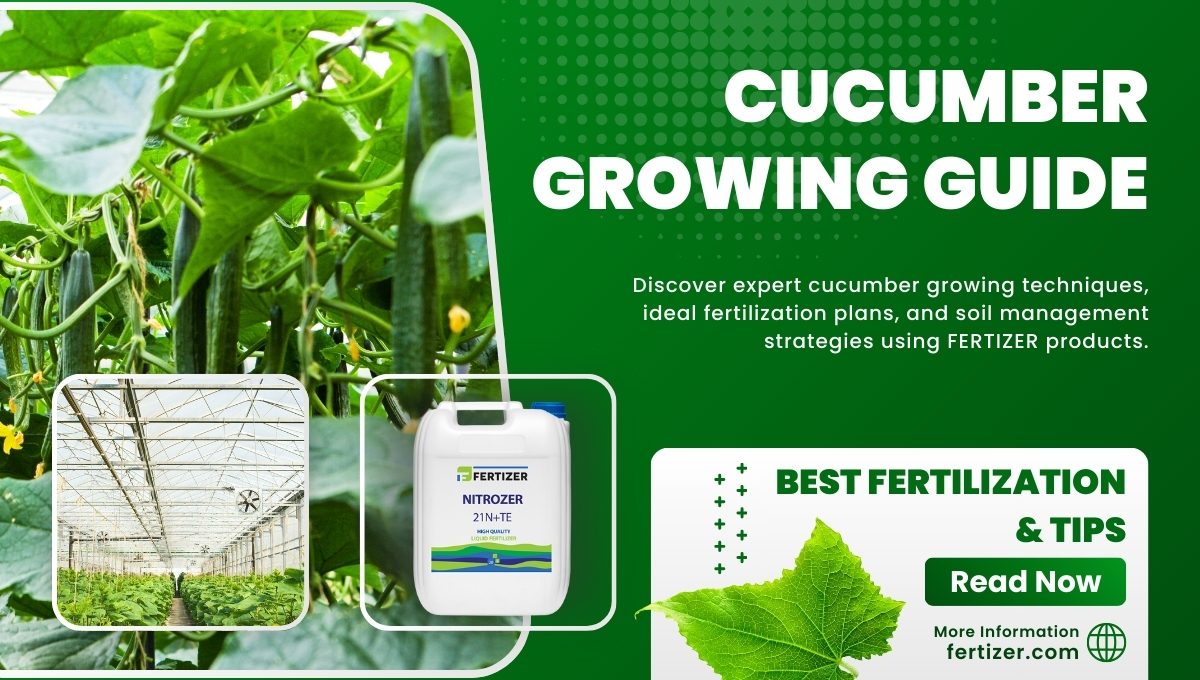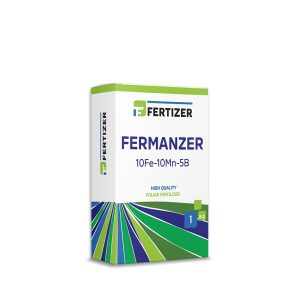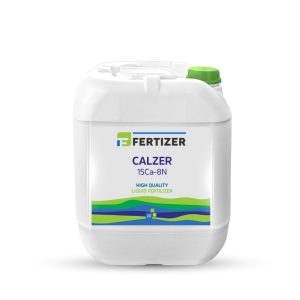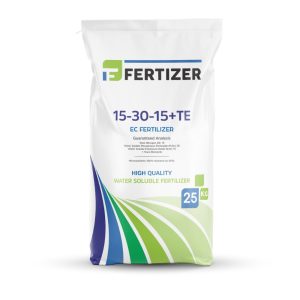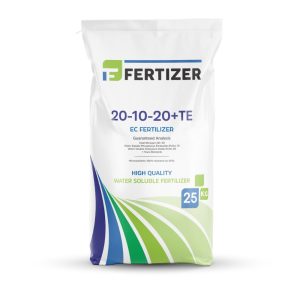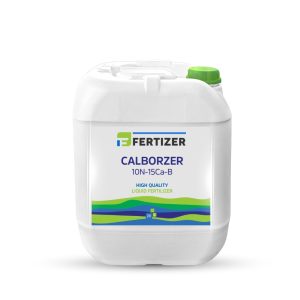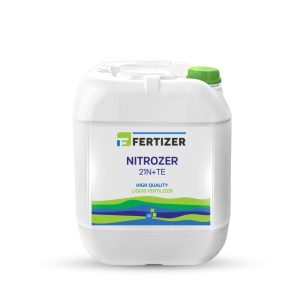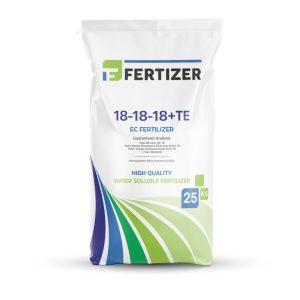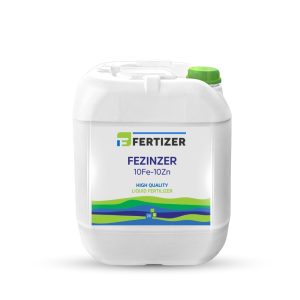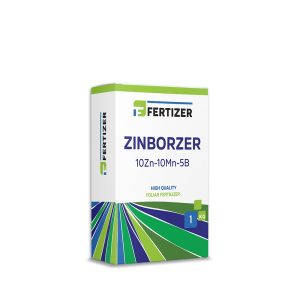Cucumber (Cucumis sativus L) is one of the most widely consumed vegetables worldwide, known for its high water content, crisp texture, and refreshing taste. Whether you’re a commercial grower or a home gardener, understanding the specific needs of this fast-growing plant is essential to achieving high yield and premium quality.
In this comprehensive guide, we’ll explore optimal growing conditions, fertilization techniques, soil management, and disease prevention strategies supported by expert insights.
What Makes Cucumber Cultivation Unique?
A Vigorous Climbing Annual with a Strong Root System
The cucumber plant is an herbaceous annual that can grow up to 3.5 meters in height and has a climbing habit. Its well-developed root system allows it to absorb water and nutrients efficiently. However, achieving this requires proper soil structure and precise fertilization. Due to its large leaf area, cucumber is highly sensitive to environmental conditions and nutrient balance.
Ideal Growing Conditions for Cucumbers
1. Soil Structure and Characteristics
Cucumbers can grow in a variety of soil types, but they perform best under the following conditions:
- Loose, well-drained soils
- Rich in organic matter
- Slightly acidic to neutral pH (6.0 – 7.0)
Soil health directly affects nutrient uptake. Organic matter improves both the physical and chemical properties of the soil, enhances microbial activity, and allows better aeration for roots.
FERMANZER (10Fe-10Mn-5B) – Promotes root development and micronutrient uptake.
2. Humidity and Irrigation
Cucumber’s broad leaves lead to high evaporation rates.
- Optimal daytime humidity: 60-70%
- Consistent moisture is especially important during flowering and fruiting
- Drip irrigation is ideal for efficient water delivery
3. Soil Temperature
- Ideal range: 18-20°C
- Low temperatures slow nutrient uptake
- High temperatures can cause plant stress
Tip: Use plastic mulch or raised beds in open fields to help regulate soil temperature.
Managing Environmental Stress – The Importance of Climatic Balance
All environmental factors light, temperature, humidity, and water are interconnected. An imbalance in one can negatively affect the others. For example, high humidity and poor air circulation promote fungal diseases, while low humidity leads to stress and rapid moisture loss.
Balanced climate control enables:
- Faster and healthier development
- Increased flowering
- Higher fruit set and improved quality
Combating Salinity and Nematodes
Coping with Salinity
Cucumber is moderately tolerant to soil salinity. However, excessive salt levels can:
- Reduce water uptake
- Cause leaf burn
- Slow root development
Solution: Conduct irrigation water and soil salinity tests regularly.
CALZER (8N + 15CaO) – Strengthens cell walls with calcium support.
Protecting Against Nematodes
Cucumber roots are susceptible to rhizophage nematodes. Common symptoms:
- Wilting despite adequate irrigation
- Stunted growth
- Swelling or scarring on roots
Recommended Method: Apply beneficial soil microbes (e.g., Trichoderma, Bacillus subtilis) to outcompete harmful nematodes.
Cucumber Fertilization Program – Nutritional Strategy for High Yields
Nutritional Needs by Growth Stage
| Growth Stage | Key Nutrients |
|---|---|
| Early Vegetative | Nitrogen, Calcium, Boron |
| Flower Initiation | Phosphorus, Potassium, Zinc |
| Fruit Development | Potassium, Calcium, Magnesium |
| Maturation | Balanced NPK + Micronutrients |
Below are recommended fertilizers from FERTIZER matched to each stage:
1. Early Growth – Root and Leaf Formation
Nitrogen supports leaf expansion, while calcium strengthens cell walls.
Recommended Fertilizer:
NITROZER (21N + TE) – Boosts rapid vegetative growth and green mass.
Supporting Fertilizer:
CALZER – Enhances root architecture and corrects calcium deficiency.
2. Flowering Stage – Bud and Flower Formation
Phosphorus is crucial for energy transfer and pollen development.
15-30-15 + TE – Encourages flowering and deeper root growth.
3. Fruit Development – Nourishing the Yield
Potassium is the most critical nutrient for fruit quality and formation.
20-10-20 + TE – Supports balanced development and improves fruit quality.
CALBORZER (10N + 15CaO + B) – Enhances fruit set and prevents blossom end rot with calcium and boron.
4. Maturation and Harvest
Balanced nutrition improves taste, color, and shelf life.
18-18-18 + TE – Promotes uniform ripening and better post-harvest performance.
When Is Foliar Fertilization Necessary?
Cucumber leaves have a large surface area, making foliar applications effective for rapid correction of deficiencies alongside soil fertilization.
Effective Foliar Fertilizers:
- ZINBORZER (10Zn-10Mn-5B) – Enhances enzyme activity and flower development.
- FEZINZER (6% Fe) – Corrects iron deficiency in calcareous soils.
Tip: Apply in the early morning or late evening for best absorption.
Practical Tips for Successful Cucumber Production
- Practice crop rotation – Avoid planting cucumbers in the same soil repeatedly.
- Use mulch – Helps retain soil moisture and suppress weeds.
- Install support systems – Improves air circulation and disease control.
- Conduct soil and leaf analysis – Detect and correct nutrient issues in advance.
- Keep records – Track each growing cycle to ensure continuous improvement.
Unlock Cucumber’s True Potential with FERTIZER
Cucumber cultivation demands precision and care. Due to its rapid growth, high nutrient demands, and environmental sensitivity, a detailed and adaptive care plan is essential. Fortunately, FERTIZER offers stage-specific solutions to help you maximize productivity.
Explore our full product range and take your cucumber yield to the next level.

